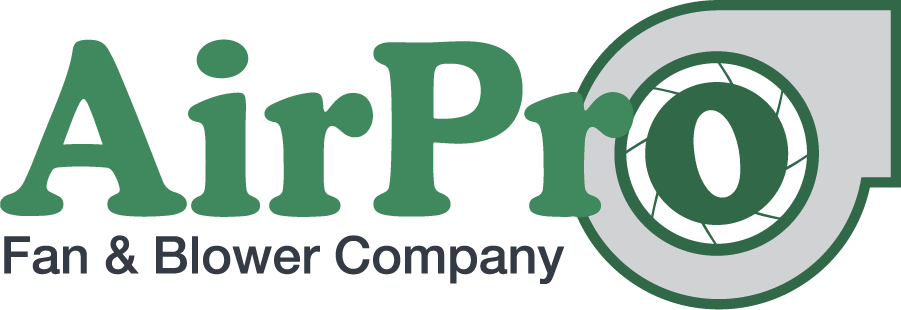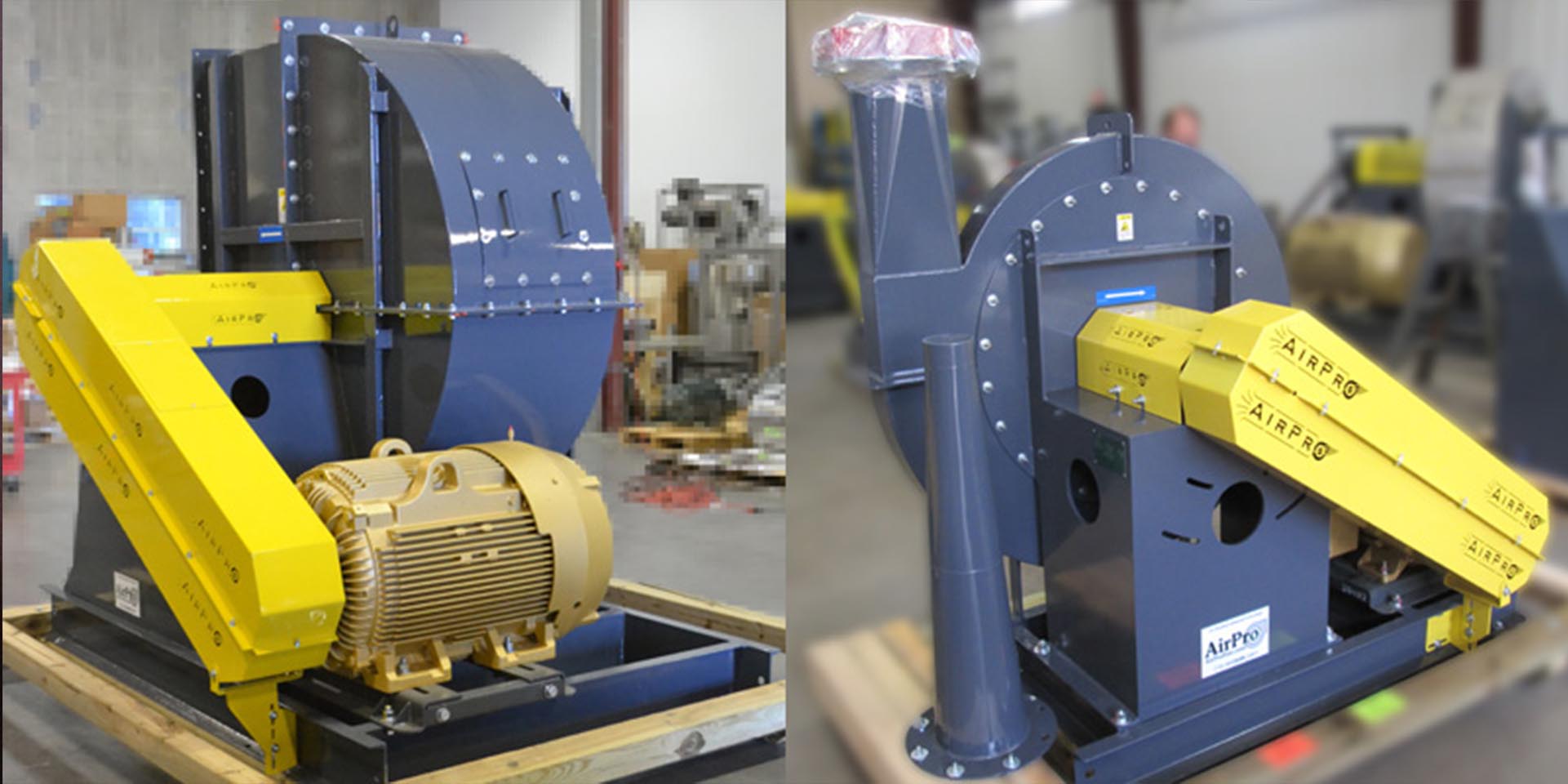In the world of centrifugal fans and blowers for industrial process applications, “what’s the difference between a fan and a blower” is a trick question. That’s because there actually is no difference at all. That’s right. Whether you need an industrial fan or blower for your operation, the product designs are the same.
FAQ
The Fan Static Efficiency Equation
Fan static efficiency is the measure of the airstream’s potential, or optimal energy consumption, as determined by the ratio of power output to the power supplied.
Determining the Right Industrial Fan Type
Which industrial fan type do you need in your process to achieve both optimal static efficiency and reliable operation? Considerations include what the fan is processing from clean air to mild particulate to highly abrasive materials, as well as volume and static pressure. Once you know those variables, you can make the fan static efficiency calculation to select the right fan.
If you work with a manufacturer that builds high-quality products, do a great job with the installation, and prioritize regular fan and blower maintenance, your industrial fan could last as long as 50 years. So what does all that mean? We break it down below and in Chet’s latest video.
Two-Plane Dynamic Balancing: How to Balance an Industrial Fan
Before we dive into HOW to balance an industrial fan, we should start with WHY. The answer is that the better we balance the wheel in a two-plane balance setup in the shop, the better it’s going to be when we put it into the complete fan assembly, run it up to full speed and trim balance it. And of course, ultimately, fan balance is essential to fan performance, safety, and maintenance.
Insulation surrounding industrial centrifugal fans serves dual purposes of thermal and sound protection. It also creates a sheath around the fan, requiring some accommodation for access when maintenance or repairs are needed. There are multiple fan insulation types to accommodate different applications.

